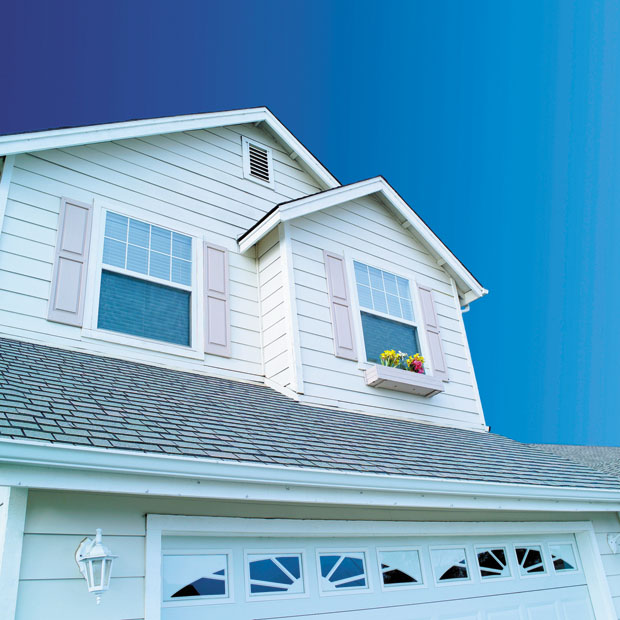Three main C’s for a champion-caliber roof
Shopping for roof shingles can be confusing. But knowing the three C’s of buying a new roof — Cut, Color and Coverage — can help consumers choose the best roof for their home and make the entire process easier and less expensive.
• Cut
Cut refers to the shape of the shingle and can have a huge impact on a roof’s appearance. Depending on the cut, specialty-laminated asphalt shingles, like shingle manufacturer TAMKO Building Products’ Heritage Woodgate line, can give the illusion of wood shake shingles. Other options can resemble stone, slate or tile. Shingle cut also can give a modern or vintage look to a home, so it’s important to choose a cut that fits the style of the rest of your house. The shingle cut also can affect the installation speed and cost of your roof.

• Color
When you think of shingle color, you probably think brown, gray and black. While those traditional colors still are very popular, in recent years, asphalt shingles have been introduced in a wide variety of colorful hues. Color trends include high-contrast options like Rustic Evergreen and Glacier White, as well as a popular move toward natural colors emulating the vibrant tones found in nature. “People are getting creative with their roofing — it’s not just utilitarian anymore,” said TAMKO Building Products vice president of sales and marketing Stephen McNally. “People are seeing it as a palette — one of the first things visitors notice about the house.”
When choosing a color, take into account the exterior color of your home, including siding, shutters, porch and front door. If the lots are close together, also consider the colors of the exteriors and roofs of the homes on either side of yours. Some options include contrasting colors, complementary colors or analogous color schemes.
• Coverage
It’s important to understand the warranty on your roofing system. Coverage includes which items are under warranty, under what circumstances the roof is warranted and for what amount of time. Most roof warranties don’t guarantee your roof will last 30-50 years, but do provide options if you experience a manufacturing defect during the warranted time frame. Look for a warranty with longer “upfront” coverage, as these typically offer more time during which both materials and labor to install replacement shingles would be covered (tear off, removal and disposal typically is not covered). Manufacturers’ warranties don’t cover regular wear-and-tear of your roof and/or weather-related damage, which is where your home insurance comes into play.
Also, many times problems with a roof are the result of improper installation, so make sure to choose a reputable local roofing contractor, preferably an installer who has received training from the company that manufactured the shingles. Also, ask whether your contractor offers a separate warranty for the installation of the product and for what period of time.
Understanding these three C’s of roofing can help you buy a “gem” of a roof and hopefully save time and money. For more tips on choosing the perfect roof for your home, visit TAMKO.com.
This article is courtesy of Brandpoint.